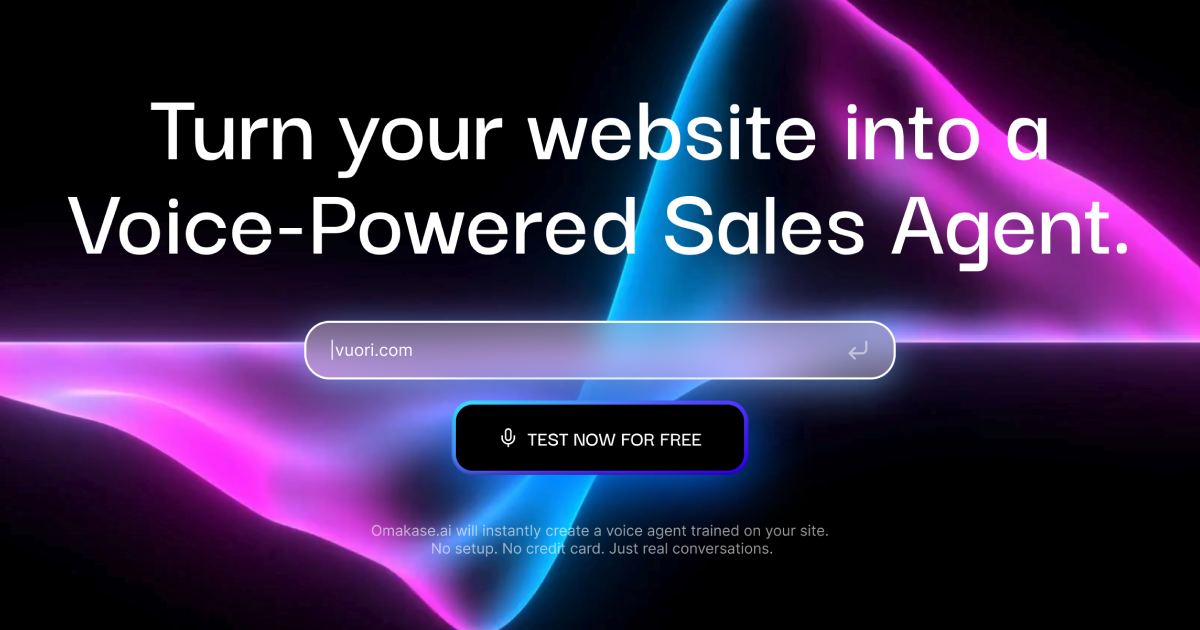Not breaking news but let’s state the obvious: Black Friday is the Super Bowl of sales for retailers.
Each year, businesses pull out all the stops to create the most compelling campaigns that attract customers and drive massive sales.
According to the National Retail Association, in 2023, the holiday season saw record-breaking sales, with total holiday retail sales reaching approximately $964.4 billion, that’s a 3.8% increase over 2022. And holiday sales for 2024 are projected to grow between 3.5% and 4.6%.
Another fun fact, a significant number of shoppers begin their holiday shopping before Thanksgiving, with 61% starting early to avoid the rush. This trend emphasizes the importance of early promotions and pre-Black Friday sales events, according to Capital One Shopping.
Needless to say, Black Friday is a major event for shoppers and retailers alike.
So, whether you’re a seasoned marketer or just looking for some inspiration, check out these standout Black Friday campaigns that are sure to give you some fresh ideas for your own sales strategy.
How Did Black Friday Start?
The term “Black Friday” has its roots in Philadelphia during the early 1960s. Police officers used it to describe the chaotic day after Thanksgiving, when massive crowds of suburban shoppers and tourists flooded into the city ahead of the big Army-Navy football game held on that Saturday. The heavy traffic, overcrowded sidewalks, and general mayhem created a stressful and unpleasant experience for law enforcement, hence the term “Black” to reflect the dour mood.
Retailers, however, transformed this term to reflect a more positive outlook, suggesting it was the day their profits moved from “red” to “black.” By the 1980s, this rebranding was embraced nationwide, evolving into a major retail event featuring massive discounts and extended store hours. Over the years, Black Friday has expanded globally, marking a pivotal moment in the retail calendar across many countries.
Black Friday Shopping Stats and Trends
- Online Sales: Online sales played a significant role, contributing $276.8 billion to the total, an 8.2% increase from 2022. This highlights the growing trend of consumers preferring the convenience of online shopping during the holiday season (National Retail Federation).
- In-Store vs. Online: While 76.2 million people visited physical stores during Black Friday, online shopping continued to dominate, with 90.6 million consumers shopping online (National Retail Federation).
- eCommerce Sales: Online sales are expected to see significant growth in 2024, with projections indicating an increase between 10.3% and 12.8% year-over-year. This would bring eCommerce holiday sales to between $278 billion and $284 billion (Deloitte United States).
- Social Commerce: The importance of social commerce is highlighted by the fact that 84% of social media marketers believe that consumers will buy products directly through social apps more frequently than through brand websites or third-party platforms in 2024 (HubSpot Blog).
Check out more Holiday Shopping Stats and Trends here.
Now, get inspired with these nine holiday campaigns so you can make it the best year yet.
Black Friday Campaigns Examples
1. Amazon – Lonely Yeti
Why It Works:
Amazon’s Lonely Yeti campaign was a heartwarming and innovative approach that captured the holiday spirit while driving sales. By telling a touching story through a series of ads, Amazon engaged customers emotionally, creating a memorable and effective campaign.
Key Elements:
- Emotional Storytelling: A heartwarming narrative that resonates with viewers.
- High-Quality Production: Cinematic quality ads that stand out.
- Cross-Platform Presence: Consistent messaging across TV, online, and social media.
2. Chubbies Schworts’ Campaign

Why It Works:
Chubbies’ Schworts’ campaign was a playful and engaging way to promote their holiday sales. By creating a fun, unique product and marketing it with humor, Chubbies captured the attention of their target audience.
Key Elements:
- Humor and Playfulness: Engaging customers with a fun and light-hearted approach.
- Unique Product Offering: Introducing a unique product (Schworts) specifically for the holiday season.
- Social Media Engagement: Encouraging customers to share their experiences and participate in the campaign.
3. Walmart Mean Girls Ad Series

Why It Works:
Walmart’s Mean Girls Ad Series tapped into nostalgia by parodying the cult classic movie “Mean Girls.” This clever approach not only grabbed attention but also resonated with a broad audience, making it highly shareable on social media.
Key Elements:
- Nostalgic Appeal: Using a popular movie to engage viewers.
- Humor and Parody: Using humor to create a memorable and entertaining ad series.
- Cross-Platform Promotion: Extensive use of social media and online platforms to amplify the campaign’s reach.
4. MeUndies’ Drawer Buster Event

Why It Works:
MeUndies’ Drawer Buster Event effectively leveraged live engagement by hosting a Facebook live event with a dance contest and a DJ. The campaign attracted over 300,000 Facebook followers, who spread the word, resulting in over 13,000 attendees with a 25% conversion rate. This strategy demonstrated the power of live video to engage customers in real-time, creating a sense of immediacy and exclusivity. With 91% of businesses using video marketing, incorporating live events and exclusive deals can significantly drive customer engagement and sales.
Key Elements:
- Live Engagement: Real-time interaction with customers through Facebook Live.
- Interactive Content: Dance contests and DJ performances to keep the audience entertained.
- Incentivized Participation: Revealing more discounts as the audience size grew.
5. Samsung’s Reverse Auction

Why It Works:
Samsung Australia held a Reverse Auction campaign that turned traditional Black Friday shopping on its head by allowing customers to decide the price they wanted to pay for popular products. The auction started at full recommended retail price (RRP) and decreased until all items were sold or reached $1. Promoted through a series of videos as breaking news on TV, this innovative campaign created excitement, customer interaction, and a little festive competition among one another. This holiday campaign drew over 50,000 participants, significant traffic and sales.
Key Elements:
- Innovative Pricing Model: Reverse auction format where prices drop over time.
- Wide Product Range: Including popular items like the Galaxy Z Fold4 and Neo QLED 8K Smart TV.
- High Engagement: Attracted a large number of participants and generated significant social media buzz.
6. Starbucks #Givegood

Why It Works:
Starbucks’ #GiveGood campaign focused on spreading goodwill during the holiday season, encouraging customers to share acts of kindness and their holiday moments. This not only fostered a sense of community but also enhanced brand loyalty.
Key Elements:
- Social Media Engagement: Encouraging customers to share their experiences using the hashtag #GiveGood.
- Community Focus: Promoting acts of kindness and community support.
- Holiday Offerings: Special holiday-themed beverages and merchandise.
7. REI’s #OptOutside



Why It Works:
REI bucks the trend by closing their stores on Black Friday and encouraging everyone to spend the day outside instead. This bold move resonates with their brand values and creates a powerful statement.
Key Elements:
- Closed Stores: No sales, encouraging employees and customers to enjoy the outdoors.
- Social Media Campaign: #OptOutside hashtag to promote the movement.
- Community Engagement: Organize outdoor activities and events.
8. Sephora’s Beauty Insider Rewards

Why It Works:
Sephora knows how to pamper its customers. Their Beauty Insider program offers exclusive discounts and early access to Black Friday deals, making every shopper feel like a VIP.
Key Elements:
- Exclusive Discounts: Special deals for Beauty Insider members.
- Early Access: Get first dibs on Black Friday sales.
- Bonus Points: Earn extra points on purchases to use later.
9. JCPenney’s Holiday Giftbot

Why It Works:
JCPenney took a unique approach with their Holiday Giftbot. Powered by ZEALS, they used Click-to-Experience (CTX) Ads that helped customers find the perfect gifts during the Black Friday rush. This innovative use of technology made the shopping experience smoother and more personalized.
Key Elements:
- AI-Powered Conversation: Helps customers find gifts based on preferences and budget.
- Personalized Recommendations: Tailored suggestions to make shopping easier.
- Engaging Experience: Interactive and fun way to shop.
Wrapping Up Black Friday Success
Black Friday is your time to shine. As a marketer, this is your opportunity to captivate audiences and create a buzz that extends beyond mere transactions. By drawing inspiration from these successful brands, you can craft a Black Friday campaign that is not only about driving sales but also about delivering unforgettable experiences that resonate with your customers. Focus on strategies that build connections and turn one-time shoppers into loyal brand advocates.
So, this Black Friday, don’t just sell. Engage, inspire, and leave a lasting impression that keeps your customers coming back long after the deals are over — now that’s the best gift.











